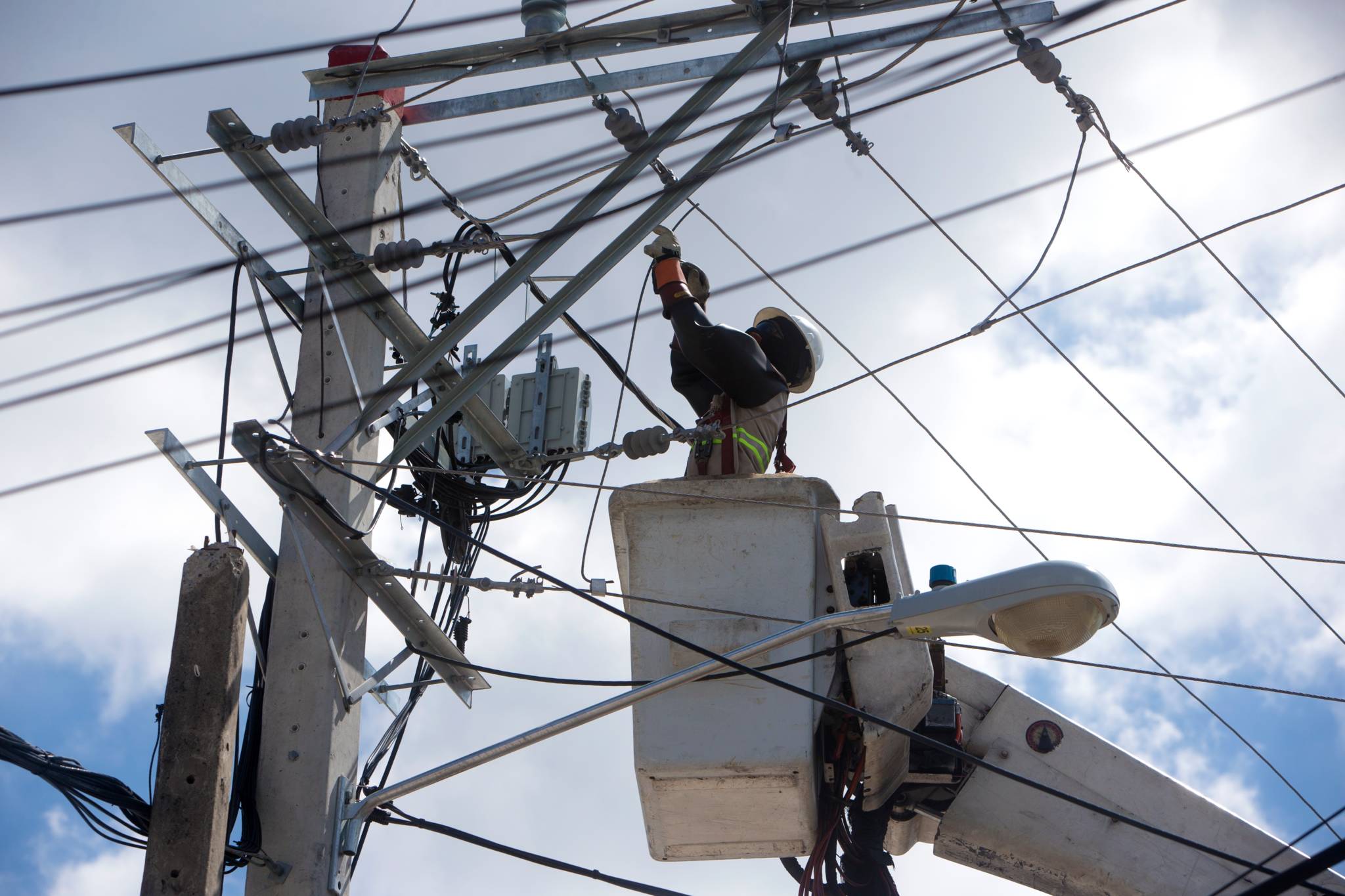We use Cookies. Read our Terms
- News
- The 24-hour challenge: Can the Dominican Republic keep the lights on?
The 24-hour challenge: Can the Dominican Republic keep the lights on?

Photo: OFID/Mery Mogollon/Nelson Pulido
Giant wiry webs of illegal electricity connections and old infrastructure are slowly disappearing as a new initiative takes effect.
In the Dominican Republic, where large sectors of the population suffer the consequences of constant interruptions in electric power, authorities have accepted the challenge of supplying the public with 24 hours of continuous electricity, with financing help from international sources.
“Improving the electricity system directly impacts our efficiency, productivity, the pulse of productive sectors and the quality of life of our citizens,” says Rubén Jiménez Bichara, Executive Vice President of the Dominican Corporation of State Electric Companies, known by its Spanish initials CDEEE.
With an area of 49,000 square kilometers, the Dominican Republic occupies two thirds of Hispaniola island, which it shares with Haiti. According to the 2011 census, the republic’s population totals around 10 million, 70 percent of which is concentrated in urban zones, especially in poor neighborhoods.
For decades, economic development has been limited by the inefficiencies of the electricity sector. Despite the officially installed capacity of 3,238 megawatts (80 percent of which is powered by fossil fuels), real generation is estimated to be only 2,414 MW. The electricity distribution network covers more than 95 percent of the country, but blackouts occur almost daily and usually last for more than 10 hours.
Customer dissatisfaction and the relatively high price of electricity have created incentives for people in private homes, as well as businesses, to make illegal connections to the network as a way of avoiding electric bills. But there are no real winners, since illegal connections mean big losses for the nation as a whole, which ultimately owns the network.
In 2009, the government initiated a strategy to reduce losses in the electricity sector and to improve people’s quality of life: the sensibly-named Program for the Rehabilitation of Electricity Distribution and Reduction of Losses. The initiative is co-financed by the government, the International Bank for Reconstruction and Development (IBRD), the Inter-American Development Bank (IDB) and OFID, within the organization’s ‘Energy for the Poor’ initiative.
Improvements are already evident. According to CDEEE statistics, 60 percent of customers of the National Interconnected Electric System (SENI) now enjoy electricity 24 hours a day, thanks to the first phase of the program. The second phase aims to cover half a million customers who currently have illegal connections.
“With two tranches of financing, OFID has helped rehabilitate 600km of the distribution network and 150,000 clients have been normalized, which favorably impacts the objective of reducing poverty and increasing quality of life, because customers then enjoy 24 hours of continuous electricity,” says Jiménez Bichara.
According to the country’s Electricity Superintendent, the total number of electric power customers increased to 2.172 million in 2016 from 1.383 million in 2009 – this represents an increase of 789,000 or 36.6 percent since the start of the project.
Improvements in the distribution network are not only visible in poor barrios – where giant wiry webs of illegal connections and old infrastructure are slowly disappearing as new infrastructure, including meters, are installed in every household and business – but also in key financial indicators such as the Cash Recovery Index (CRI) . The CRI measures how much energy purchased by distributors is paid for by final consumers. The Dominican Republic has one of the lowest CRI ratings in the world, but it improved to more than 66 percent in 2016 from 45 percent in 2004. “The goal is to accelerate reduced losses by an average of 2.8 percentage points each year until we arrive at 20 percent in 2020,” Jiménez Bichara explains.
At the same time, there has been a change in the mentality of end consumers of energy, thanks to the work of more than 80 social managers in charge of two other project objectives: communicating rules to communities, and monitoring and evaluating the advances. At a meeting of communities in the La Esperanza sector in Valverde province, Claribel Brito, resident of the La Herradura barrio, expressed her view: “We became accustomed to not paying for electricity, but now we know that we have to change to obtain good service all day, all year without blackouts, fires or darkness.
” Once the rehabilitation program completes its second stage, Dominican authorities hope to take the next step: increasing power capacity over three years by 1,315 MW making the promise of 24-hour electricity sustainable.